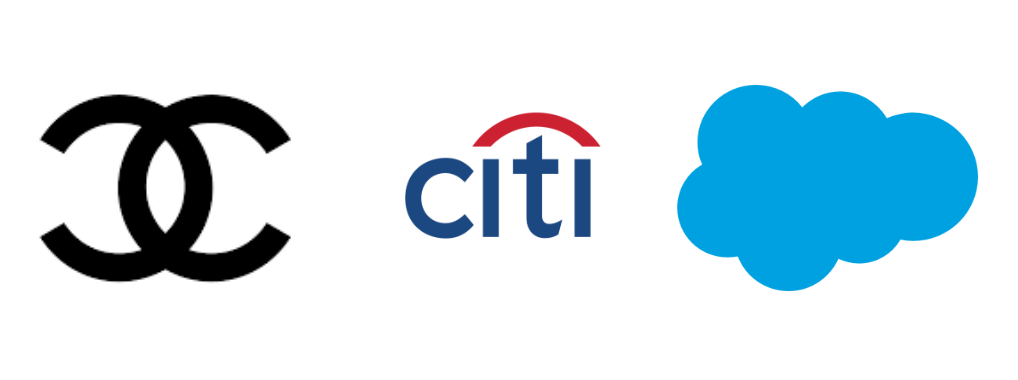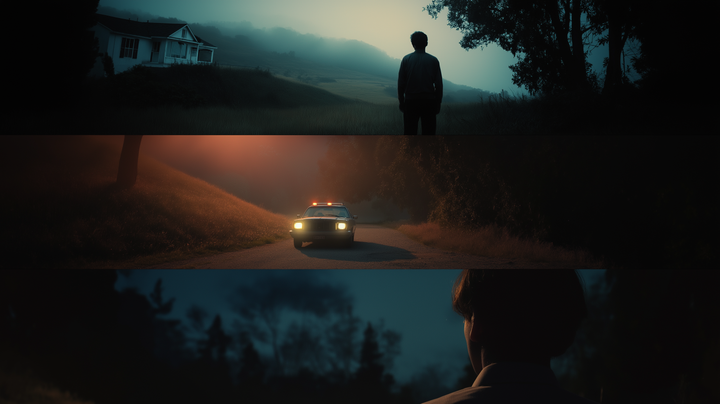Your product is the best of its kind. You deliver the most unique solutions compared to your competitors. Your company offers a complex service in an industry that is difficult to understand and takes years to master.
Why would you make your customer's job more difficult than it already is?
I've said it time and again. When it comes to brand communications, saying less is more. Maybe that's a universal truth many communicators need to hear. If you can't communicate your ideas on something as simple as a cocktail napkin or explain it in a moment, it's not a good one. The most effective strategy is the one that can capture your activation team's attention, inspire the executive team, and get the apprentice excited, too.
If this is hard, imagine what it's like being a customer.
Unfortunately, we tend to gravitate to the most unique designs, with all the bells and whistles. We like the visual features to be completely original, built with design precision that is difficult, if not impossible, to replicate–like our product or service.
While this may sound great for fast cars and luxury cuisine, it's not the way for a brand.

Customers are asked daily to discover new marketing messages, see them in passing, and remember them. Obviously, most of them will be forgotten.
A circle with a dot in it. A swoosh. A smile. Golden arches. The most valuable brands on earth tend to be simple. They are asking you a very simple question. To hit the mark, make a move, to find satisfaction, or to love it.
And your complicated industry with unique challenges and very detailed solutions is not a good enough excuse to make the customer's job harder. Salesforce's blue cloud, Citigroup's red umbrella arch. Even complicated brands thrive when understanding them is not complicated.

But how do you get there with your brand? It takes millions of dollars in marketing, right?
I imagine the pitch when some design agency sat before the executives of a luxury brand and said, "Basically, we're going to take the letter C in a very plain font and then another backward C overlapping it. What do you think?"
Sounds too simple, right? $15 billion in brand value later, Chanel seems like it made a good move.
"But we're not Chanel."
That is true. Until you can practice the restraint and consistency of a simple brand, you might never be.
But now, you can be.


